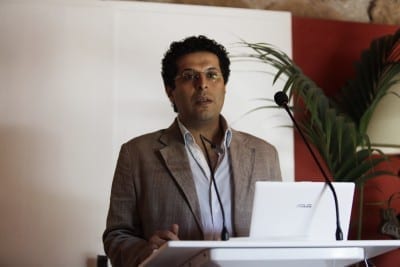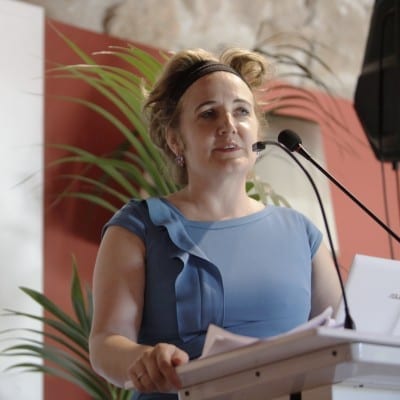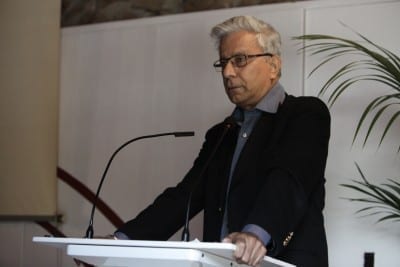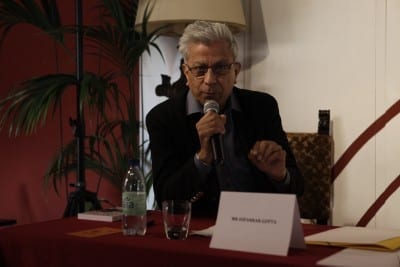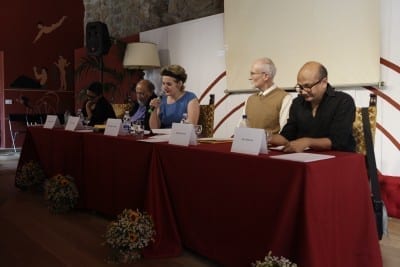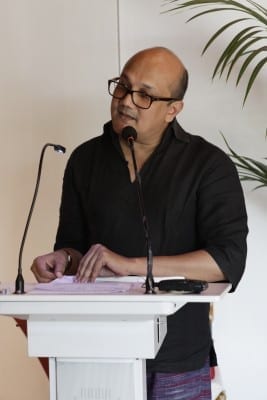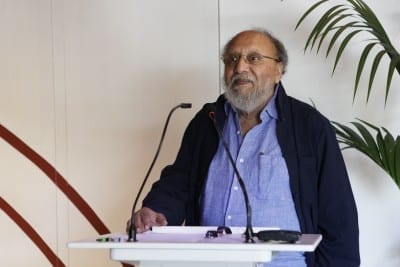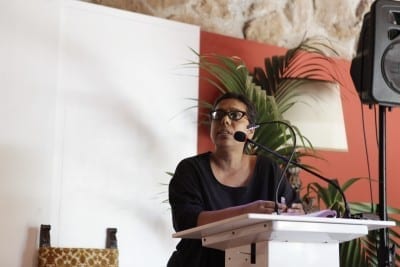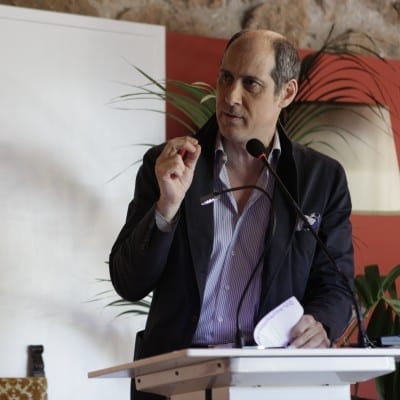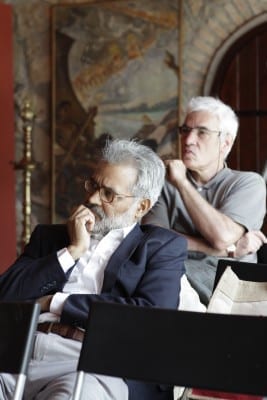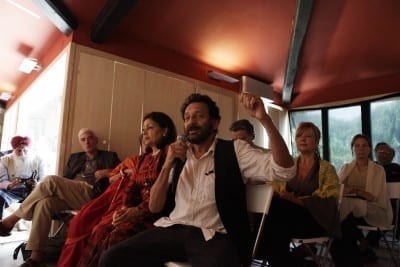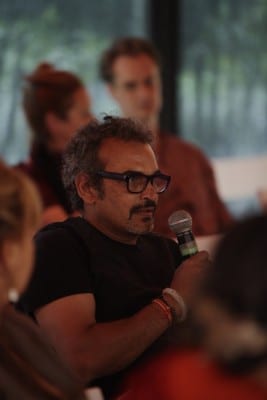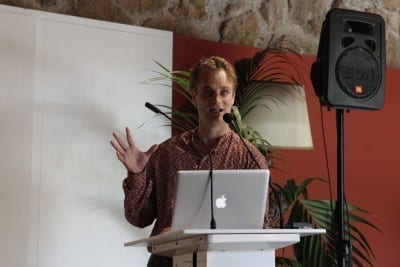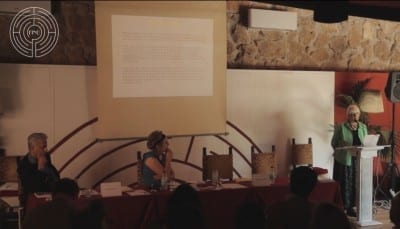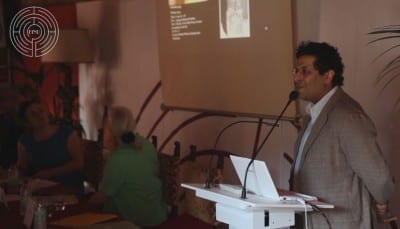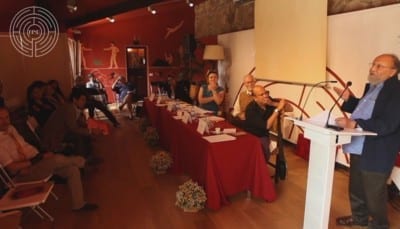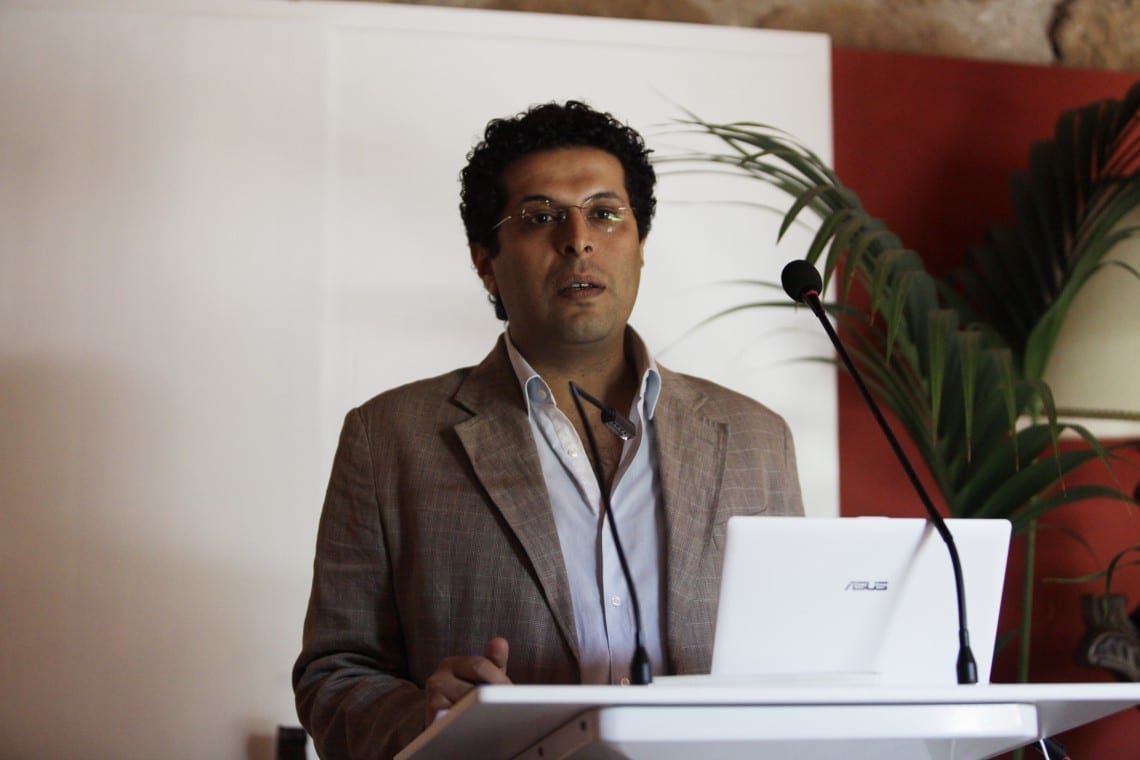
The Body is the essential feature of all human beings and yet different cultures relate to, and represent, the body in highly diverse ways.
Humans are usually prepared to reveal the flesh of only parts of the body in public, and yet Asian and European attitudes towards the body are highly differentiated. As we become closer and closer neighbours through increasing global interconnectedness, we are learning the hallmarks of those differences very rapidly; in much of the media, they are deeply caricatured. But it is nonetheless the case that where exposure of the midriff, say, or the hair on the head, or the top of the arm, is normal in some cultures, it can be shocking or disrespectful for others, and so on.
This merely betrays important differences in conceptions of the body, as well, of course, as divergent religious connotations.
In many ways, these contrasts in dress and decorum have become the shorthand for the ways in which we conceive of the contrasts between India and Europe, such that they have become even fetishised, and divorced of their original meaning.
Unsurprisingly, attitudes towards healing and traditions of medicine – not to mention old age and dying – reflect those different ways of depicting the body in Europe and India. Traditions of healing have been rooted in the culture in which they were cultivated, and the general perception of the body is central to those traditions.
Never has there been a more apposite time for staging a conference on this subject. This conference aimed to unravel the historical and cultural settings in which we understand the body, its beauty, its meaning and its well being. It also aimed to puncture the easy caricatures of the depiction of the body that bedevil so much of the casual Western view of India. In her book “Karma Cola”, Gita Mehta refers to the relief she once felt on seeing serious discussion of silicon chips in India that “the Oriental may be released from the burden of being either obscure or oracular” – which is often how Westerners would prefer to see it.
To find out more, please download the programme.
PHOTOS
photos: Mario D’Angelo
VIDEO
Erotic art: sensual, ”protective” or transformative: Heather Elgood
The Body in Indian Art: Naman Ahuja
Utilization of the body boundaries imageries: Ashish Nandy

